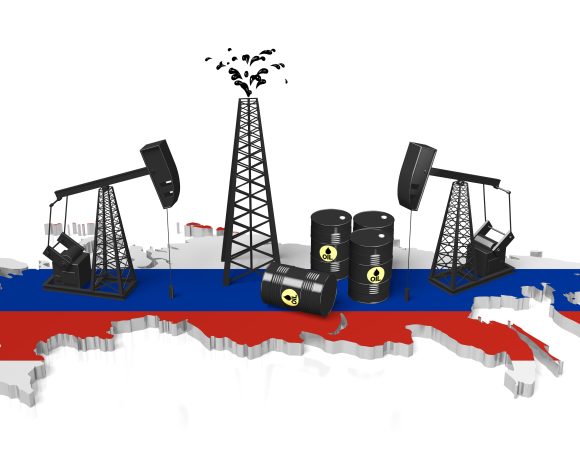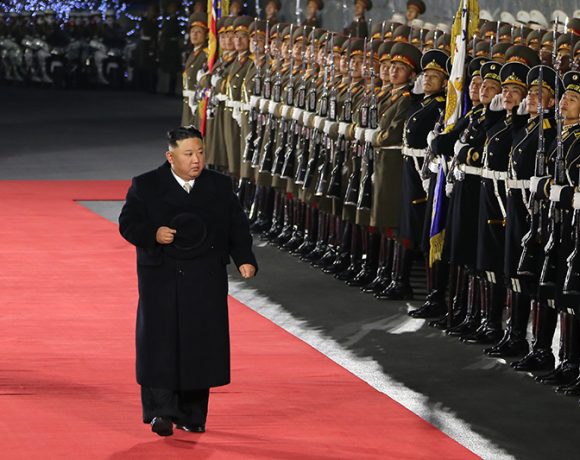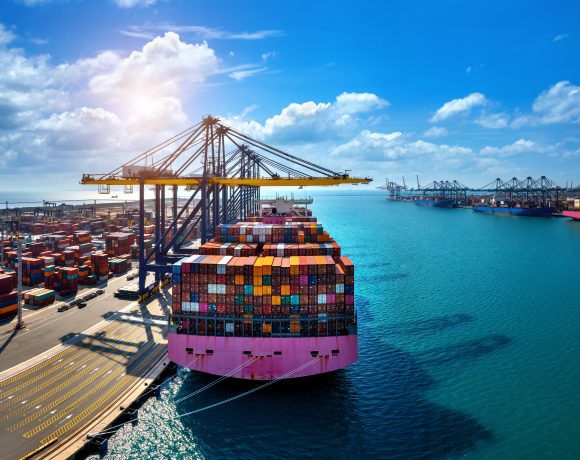
India-China Restart Functional Dialogues to Address Trade and Rare‑Earth Supply
India and China have agreed to resume “functional dialogues” focusing on trade cooperation, visa facilitation, direct flight restoration, and, critically, rare-earth material supply. This decision followed the June 13 visit to New Delhi by Chinese Vice Foreign Minister Sun Weidong, who met with India’s Foreign Secretary Vikram Misri. The move underscores both nations’ interest in easing tensions and stabilizing key economic linkages.
One of the primary issues on the agenda is Beijing’s April decision to impose export controls on several rare-earth metals—elements vital for electric-vehicle (EV) magnets, defense equipment, electronics, and renewable energy technologies. These restrictions led to significant uncertainty in India’s automotive sector. Maruti Suzuki, the country’s largest car manufacturer, announced delays in production targets for its electric vehicles, citing shortages of neodymium-based magnets.
In response, India’s external affairs ministry stated that officials in Delhi and Beijing are working to establish a predictable and transparent supply framework in line with global trade norms. This includes communication between New Delhi and the Chinese embassy, embassy-level discussions, and follow-ups from Indian Ambassador Pradeep Rawat’s earlier meeting with Vice Foreign Minister Sun in Beijing on June 5.
China, while having recently eased rare-earth export curbs for the United States and the European Union, has told India that it is “willing to enhance dialogue and cooperation to jointly keep the stability of global industrial and supply chains.” New Delhi, meanwhile, is exploring long-term solutions, such as offering fiscal incentives to domestic magnet manufacturers, building stockpiles, and diversifying rare-earth sources.
Beyond mineral supplies, the revived functional dialogues aim to reinvigorate suspended bilateral cooperation tools. These include accelerating the resumption of direct passenger and cargo flights, simplifying visa procedures, improving media and think-tank exchanges, and sharing hydrological data for transboundary projects like the Kailash Mansarovar pilgrimage. This marks another positive shift following earlier normalization efforts—such as resumed air connectivity and diplomatic exchanges—after border tensions in 2020.
Analysts suggest that this renewed engagement signals a gradual recalibration in India‑China relations. With both countries recognizing mutual benefits in stability and supply‑chain continuity, these dialogues could help de-escalate economic friction. However, experts caution that while talks may ease immediate disruptions, long-term solutions will depend on reliable export licenses, alternate sourcing of rare-earth minerals, and deeper industrial cooperation.
As these dialogues progress, stakeholders across multiple sectors—automotive, defense, electronics, and energy—will be watching closely. The next few weeks are expected to bring further clarity on timelines for lifting export restrictions, approving EV production, and formalizing enhanced cooperation mechanisms between the two economic giants.


















